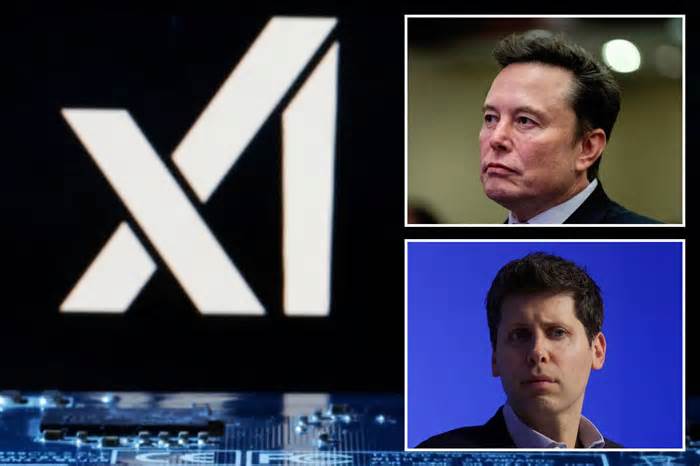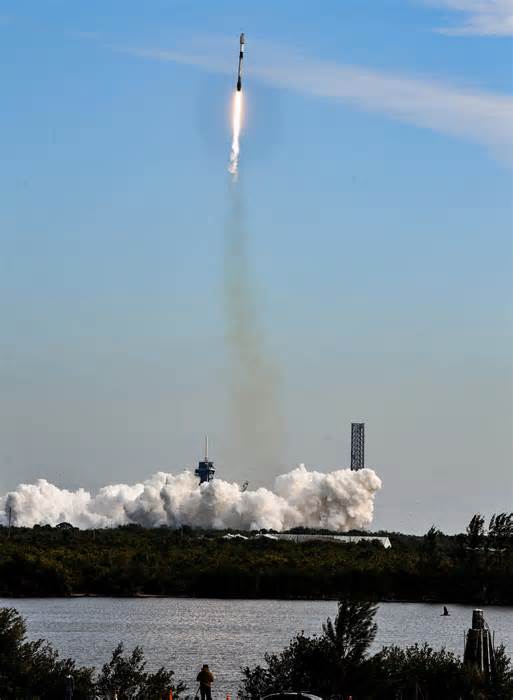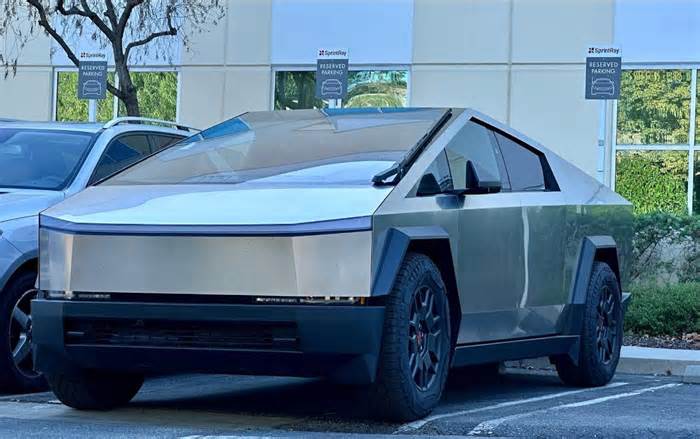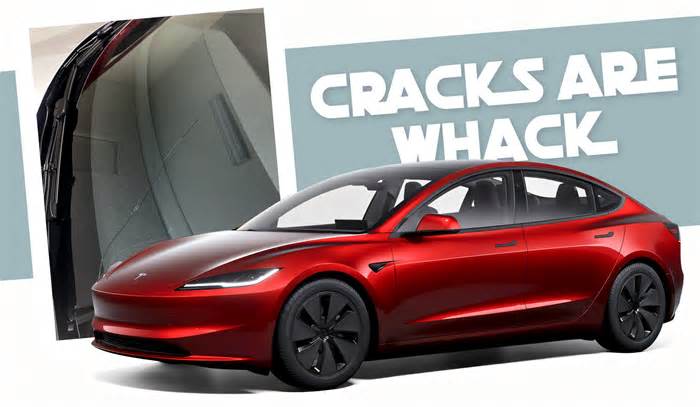
Mercedes-Benz EQB vs Tesla Model X
- by Carsguide.com.au
- Dec 28, 2022
- 0 Comments
- 0 Likes Flag 0 Of 5
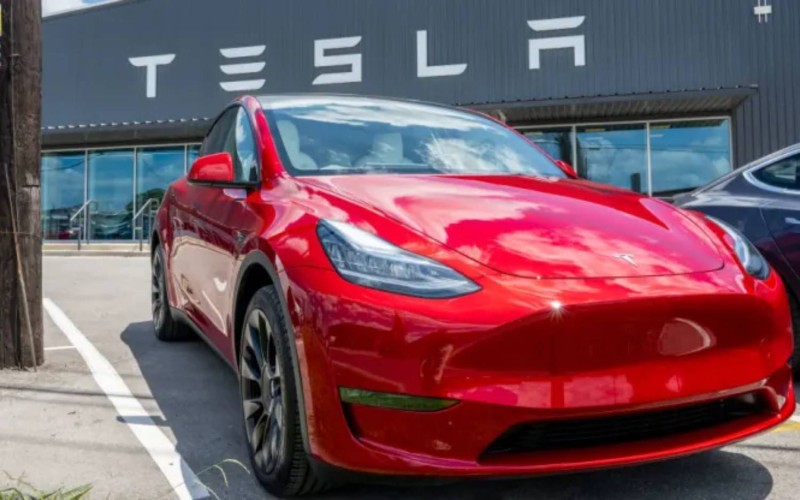
Verdict
I really liked the combustion version of this car, the GLB, for its funky style and flexibility and I was pleased to find how easily Mercedes has made the conversion to a fully-electric layout for the EQB.
Despite a tall price, the EQB 350 is a compelling option for those seeking something a bit more luxurious than the Tesla Model Y, something a bit larger than the Volvo XC40 Recharge, and something a bit smaller than the Audi e-tron or the EQC.
The main trade-off for this 350 variant is the loss of the seven-seat layout in favour of more performance. Instead it offers a huge boot, has a sufficient range for city-based buyers, and offers surprising levels of fun, too.
Just make sure you’ve considered its rivals which may potentially offer more range or features for the same money.
Verdict
After nearly 700km of testing with both cars, it’s fair to say that the Tesla is indeed a capable tow vehicle, provided you keep the distances relatively short and plan around charge station locations.
Overall average - Penrith to Bathurst to Penrith
Fuel and energy consumption will always depend on the driving conditions, which is why we chose different routes for each leg of our testing.
Averaged across the two legs, towing the caravan with the Model X used 101 per cent more energy than without, or halved its driving range, which sounds a bit scary.
The LandCruiser by comparison added 63 per cent on average, which is still a big difference, but matters less in the real world when its big fuel tanks would still give you about 760km of driving range, which can be refilled quickly at any diesel-stocked servo.
So you could do a weekend trip with the caravan from Penrith with one supercharge in Bathurst, but it would’ve been highly unlikely to manage the extra 55km if you were leaving from Sydney CBD.
The bottom line is that there’s plenty of things - like smaller camper trailers - lighter than our caravan that will help the Tesla to do the towing job better right now.
Compared to the ‘Cruiser, the Tesla is a lesson in the benefits of a lower centre of gravity and road-focused handling.
As always, bigger batteries and more recharge points will go a long way to rectifying the Tesla’s towing shortcomings, and I'm sure we'll get there eventually.
But no matter what, its acceleration performance under load is simply excellent.
Thanks to our friends at Avida for making this test possible with the use of the 17-foot Avida Wave Tourer Electric Pop-Top single-axle caravan. They can also be reached on 1300 428 432.
Driving
This is where the 350 version of the EQB shines. This car is a beast to drive with plenty of power available at your right foot, and incredible amounts of traction to match from its torque-vectored all-wheel drive system.
This lets it be rapid, but not scary, and despite its square and upright body, might surprise you when it comes to carving a few corners.
Like many EVs, the EQB’s weight feels low and centred, but it appears the suspension has been adjusted to remove any bouncy quality, which might come with the additional weight added over the combustion variants, with nearly 500kg of lithium batteries under the floor.
In fact, the ride is also one of the things which impressed me most about the EQB. It even has huge 20-inch AMG wheels, yet it dealt with bumps of all shapes and sizes in an impressive manner, keeping the body under control, and communicating remarkably little in terms of vibration or unpleasantness into the cabin.
The steering offes a nice balance of feel and electrical assistance, a trait which combines with the EQB’s convenient size to make for an easy SUV to park and manoeuvre.
When it comes to the EQB’s traits as an electric car, there are several modes available to alter the experience.
Using the paddle shifters, there are several regenerative braking settings to choose from. While none of them are a ‘single pedal’ mode, the D- mode is pretty strong, and clearly contributed to the EQB’s surprisingly good energy consumption in my time with the car.
Activating D+ mode, which can be combined with a sporty driving setting, tones down the regenerative setting almost completely and feels as though it unleashes more potential from the potent electric motors.
While the sportier settings made the 2WD EQA I tested last year feel a little twitchy and prone to wheelspin, the all-wheel drive system keeps this well under control in the larger EQB for impressive acceleration characteristics.
The breadth of this SUV’s ability is perhaps its most impressive attribute. It can feel comfortable and tame around town, with alarming speed and tenacity when attacking the open road should you so desire.
Sure, it’s not as whiplash-inducing as some of its rivals, particularly the Volvo XC40 Recharge or Tesla Model Y, but for a luxury SUV like this it’s more than what you could ask for.
Driving
Energy consumption is just one element of a tow vehicle though, with stability, braking and acceleration performance being the most important details.
The big ‘Cruiser is always a safe bet for towing heavy loads, but it's fair to say its off-road ability, tall body and short wheelbase mean it could be better on the road, and the Tesla goes some way to proving that.
With all those batteries mounted nice and low, the Tesla is significantly more stable with 1.7 tonnes on the back than the LandCruiser, in all conditions. It’s also helped by that longer wheelbase.
The Tesla’s airbag suspension is another surprise advantage, and while it can be a bit choppy around town over minor bumps, bigger bumps on the highway are soaked up really nicely and it all settles quicker than with the LandCruiser - even with the caravan on the back.
Tesla is famous for instant acceleration at any speed, and this effect remains when towing. The LandCruiser’s twin-turbo V8 (with max torque available from 1600-2600rpm) has long been a benchmark for tow vehicles, but the Model X makes it feel sluggish by comparison.
You know how caravan vehicles are usually the slow ones up hills? This time, we were the ones doing the overtaking, even up the steep bends heading out of Lithgow. To overtake, it just takes the slightest flex of your right foot.
Clearly there’s a big caveat though when it comes to how much energy it’s consuming while you’re enjoying that performance, and it’s deceptive because it doesn’t make any more noise like a conventional engine when you’re pushing it.
You’d also think the weight of the van would overcome the engine-braking effect of the regenerative brakes, but they are still very effective at conserving your brakes downhill and preventing the car from running away from you, and no doubt giving the batteries a bigger boost at the same time.
On that note, the LandCruiser’s cruise control also does a great job of witholding speed on downhill runs, proactively dropping gears to engine brake enough to keep the Avida Wave in check.
Interested in a Mercedes-Benz EQB?
Insurance Quote
Please first to comment
Related Post
Stay Connected
Tweets by elonmuskTo get the latest tweets please make sure you are logged in on X on this browser.
Sponsored
Popular Post
Middle-Aged Dentist Bought a Tesla Cybertruck, Now He Gets All the Attention He Wanted
32 ViewsNov 23 ,2024
tesla Model 3 Owner Nearly Stung With $1,700 Bill For Windshield Crack After Delivery
32 ViewsDec 28 ,2024






 Energy
Energy




